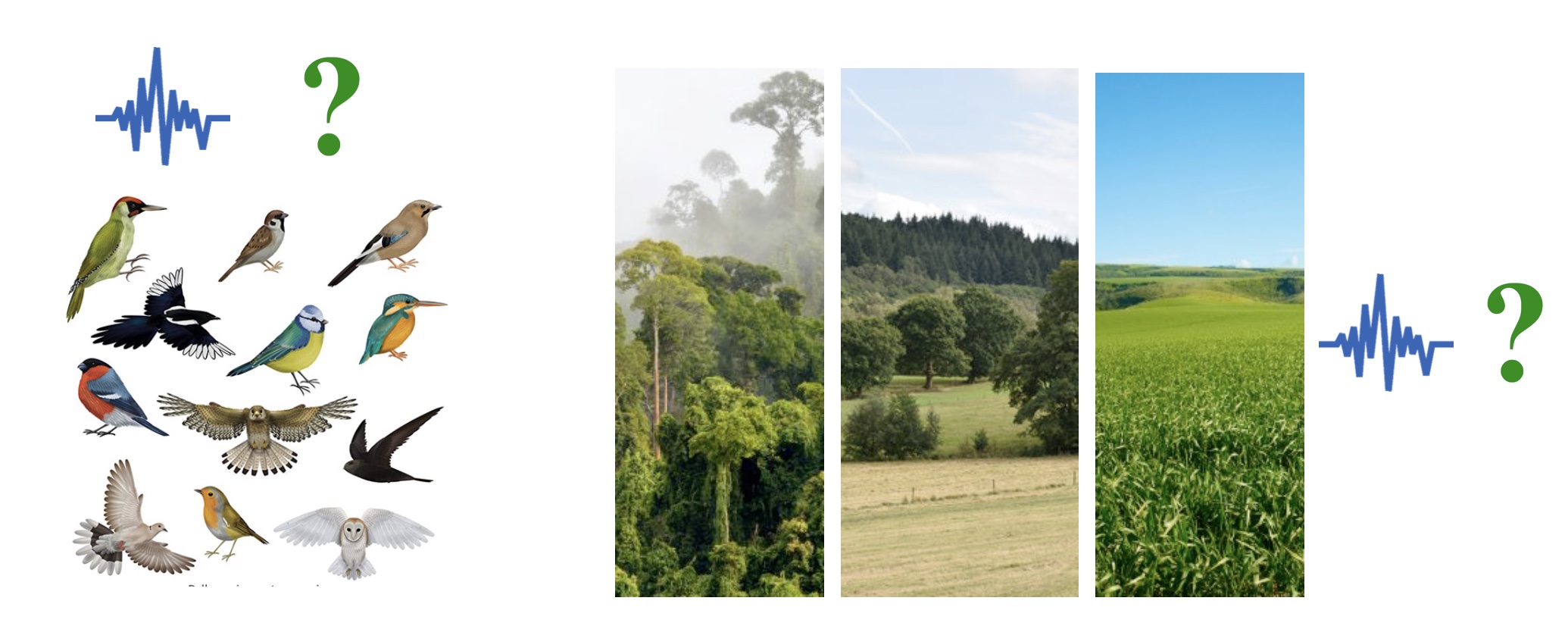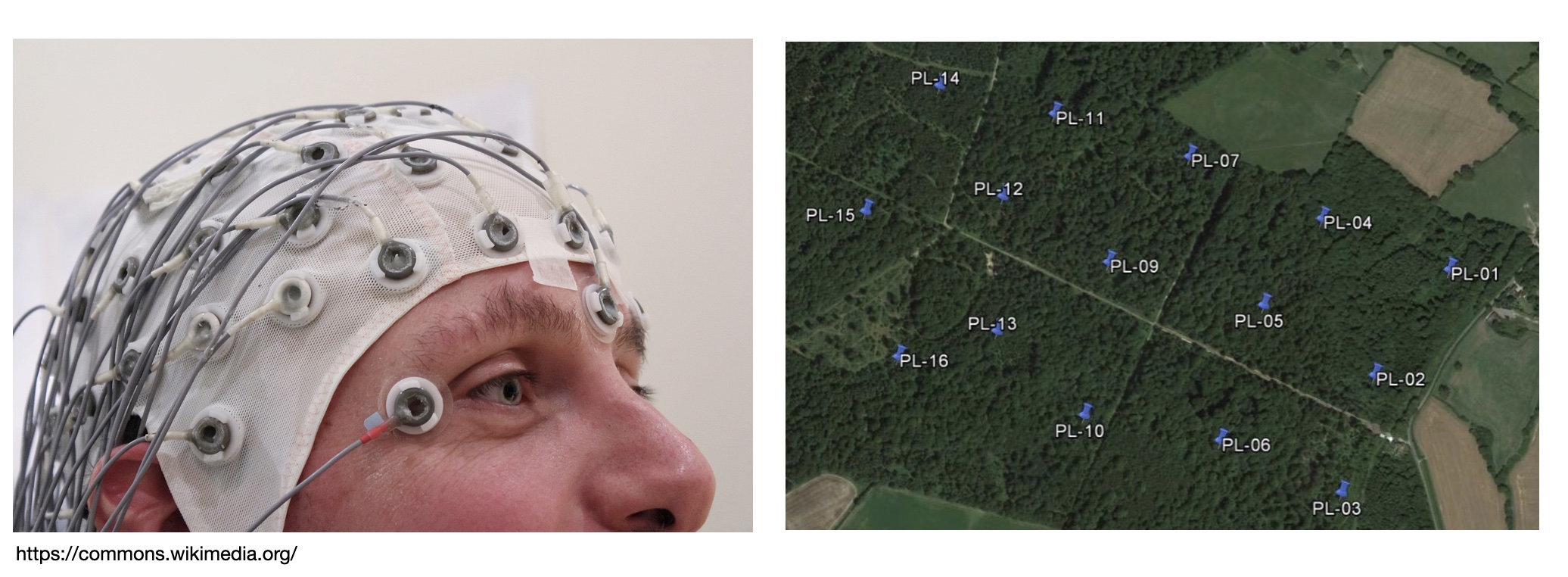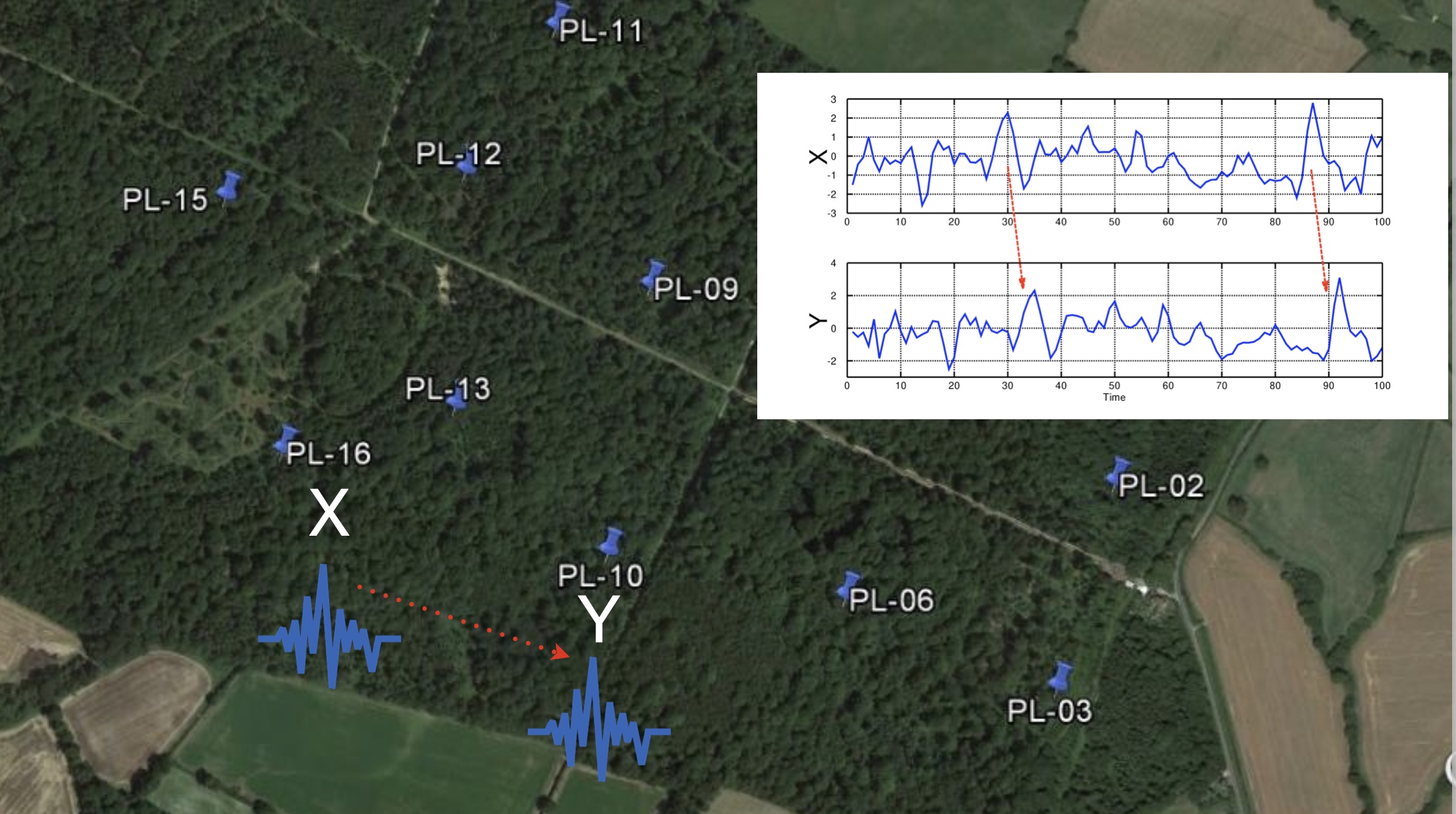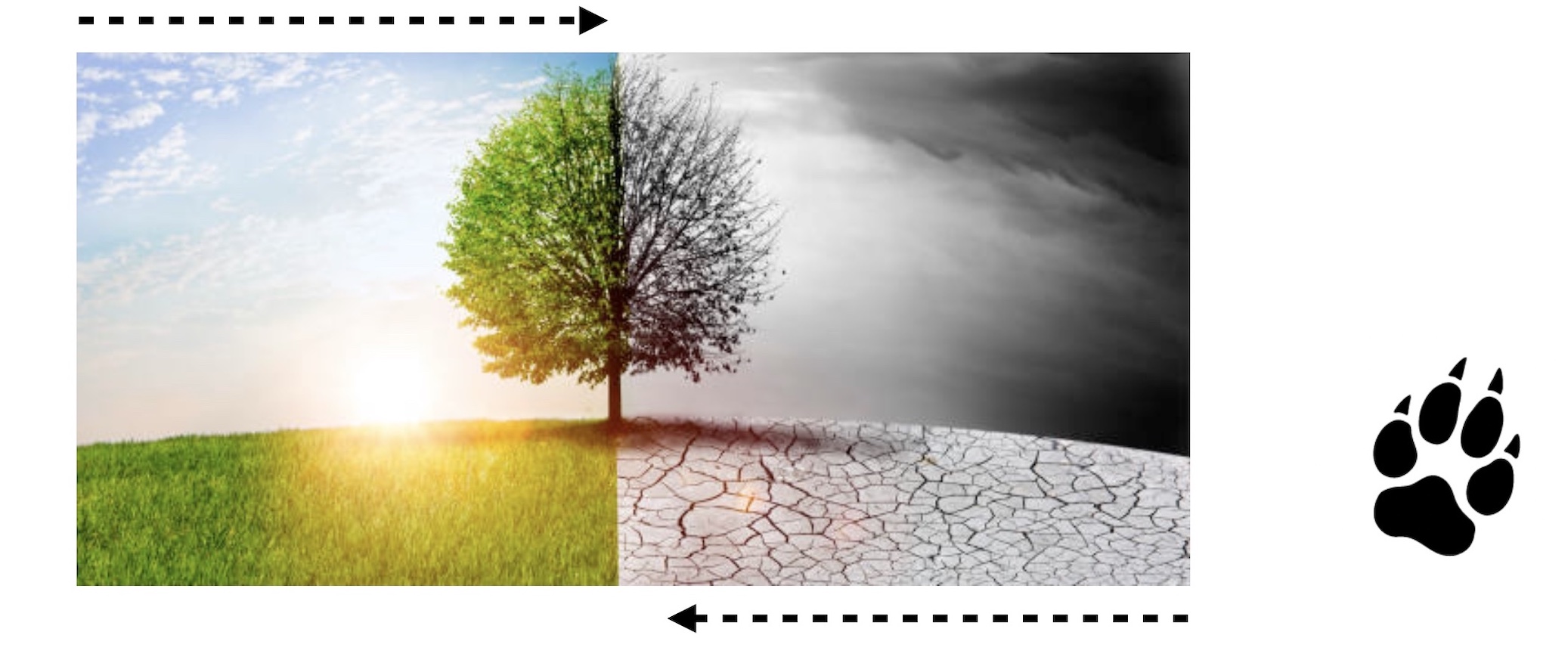Project lead: Dr Alice Eldridge
Project team: Dr Adam Barrett, Dr Chris Kiefer, Dr David Kadish (PDRA), Prof. Anil Seth, Dr Ivor Simpson.
Funder: UK Acoustics Network (Pilot)
Dates: 2022-23
Location: UK
Context & Motivation
In this project we address the global soundscape as a semiotic interface. As physical phenomena soundscapes are recognised as highly dynamic emergent patterns of acoustic activity arising from the interactions between biological, geophysical and anthropogenic agencies: bees buzzing, birds and bats calling, fish whooping, wind howling, waves crashing and motors throbbing. The soundscape both reflects ecological processes and influences behaviour.
Sound is dynamic in space and time. Organisms communicate across space and time. Ecosystems are complex dynamical systems par excellence. Yet the standard workflow for computational bio- and ecoacoustics is to segment audio into discrete chunks (seconds to minutes) and analyse them independently.
 Current paradigms in computational bioacoustics (left) and soundscape analysis (right) operate on short, independent samples.
Current paradigms in computational bioacoustics (left) and soundscape analysis (right) operate on short, independent samples.
Q: How might we measure the spatio-temporal dynamics of the soundscape as a whole?
A: Recent methodological advances in understanding complex dynamical systems in macroeconomics, earth and brain sciences offer enticing opportunities.
 We draw parallels between the human brain as a network of neurons, and the ecosystem as a complex system of interacting agencies, both of which generate ‘more than the sum of their parts’.
We draw parallels between the human brain as a network of neurons, and the ecosystem as a complex system of interacting agencies, both of which generate ‘more than the sum of their parts’.
 Information theoretic measures such as grainger causality provide potential tools to measure the dynamical complexity in terms of information transfer. Novel measures of information integration provide potential tools for measuring emergence.
Information theoretic measures such as grainger causality provide potential tools to measure the dynamical complexity in terms of information transfer. Novel measures of information integration provide potential tools for measuring emergence.
Technical Pilot Research Questions
- Are the spatio-temporal structures of (terrestrial/ marine/ freshwater/ soil) soundscapes are amenable to information-theoretic causal analyses?
- Which data pre-processing methods and input representations are optimal, at what spatio-temporal scales?
- Do any observed statistical structures track changes in ecological labels?
Theoretical Framework and Interpretations
[Grounded] Acoustic Dynamical Complexity (ADC) operationalises ecosemiotic framework.
[Speculative] Might ADC provide a measure of acoustic connectivity and acoustic community dynamics?
[Speculative^2] Might ADC point to an acoustic measure of resilience - viewed as some function of structure, biodiversity and connectivity? We know that the critical aspects of diversity extend above and below the level of species, yet measurement is difficult. [Speculative^3] Might measures of dynamical complexity and later emergence provide insight into ecological self-organisation and stability?
Potential applications
 Neither climate adapatation nor rewilding have set outcomes, but ecological change is likely to be characterised by a change in dynamics. We know that measuring biodiversity is not enough, but we also do not necessarily know which spatio-temporal scales are of interest. Acoustic monitoring is readily scaleable in space and time.
Neither climate adapatation nor rewilding have set outcomes, but ecological change is likely to be characterised by a change in dynamics. We know that measuring biodiversity is not enough, but we also do not necessarily know which spatio-temporal scales are of interest. Acoustic monitoring is readily scaleable in space and time.